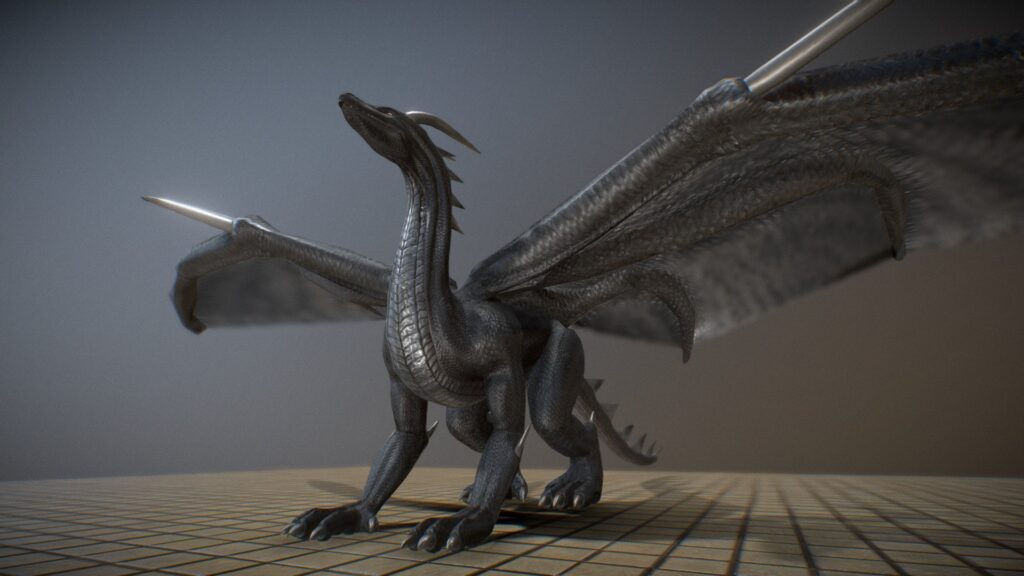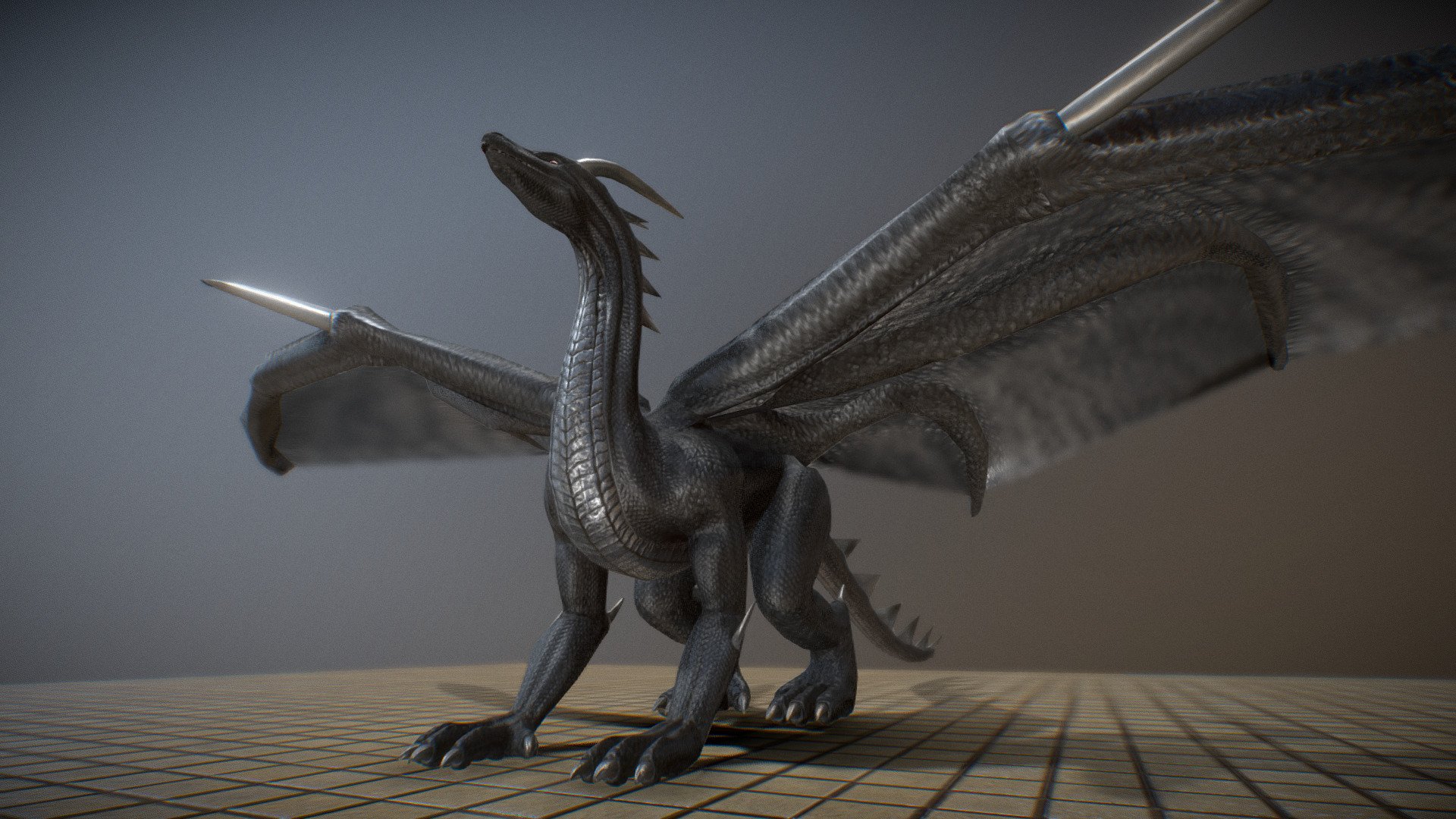
3D modeling has come a long way in recent years, and its future is looking brighter every day. The ability to create and manipulate virtual objects in a three-dimensional environment has changed the way we design, build, and visualize everything from products and buildings to video games and movies. As technology continues to advance, the future of 3D modeling looks promising, with new tools, techniques, and applications emerging all the time.
One of the biggest trends in the future of 3D modeling is the integration of artificial intelligence and machine learning. These technologies will enable 3D modeling to become more intuitive and efficient, allowing designers to create complex models with greater ease. For example, AI algorithms will be able to automate tedious tasks such as texturing, lighting, and rigging, freeing up designers to focus on the creative aspects of their work. Additionally, machine learning will allow 3D models to be adapted and refined based on user feedback, resulting in more accurate and lifelike models.
Another important trend in the future of 3D modeling is the integration of virtual and augmented reality. With VR and AR, designers will be able to view and interact with their models in a more immersive and lifelike way, allowing them to make more informed decisions and achieve better results. For example, architects and engineers will be able to walk through virtual building models, making it easier to identify potential issues and make changes before construction begins. Additionally, AR will enable consumers to visualize products in their homes or try on clothing virtually, making it easier to make informed purchasing decisions.
The use of 3D printing is also set to grow in the future, making it easier to bring 3D models to life. With the advent of more affordable and accessible 3D printers, designers and makers will be able to produce physical prototypes, models, and even end-use products with greater ease. This will also make it easier for consumers to purchase and own 3D-printed products, leading to the growth of a new market for 3D-printed products and services.
Another important aspect of the future of 3D modeling is the rise of cloud computing. With cloud-based 3D modeling, designers will be able to access powerful 3D modeling tools and resources from anywhere in the world, allowing for greater collaboration and productivity. Additionally, cloud-based 3D modeling will enable designers to work on large and complex projects with ease, as the computational power and storage requirements will be handled by the cloud.
The future of 3D modeling also holds great promise for the entertainment industry. With more advanced 3D modeling tools and techniques, filmmakers and game designers will be able to create more lifelike and immersive experiences for their audiences. For example, virtual production techniques will allow filmmakers to create complex and visually stunning environments without the need for expensive and time-consuming physical sets and effects. Additionally, game designers will be able to create more realistic and engaging virtual worlds, with lifelike characters, environments, and animations.
In conclusion, the future of 3D modeling looks bright, with new and exciting technologies, techniques, and applications emerging all the time. Whether it’s for design and engineering, commerce, entertainment, or education, 3D modeling will continue to play a vital role in shaping the way we experience and interact with the world around us. As technology continues to advance, it’s likely that 3D modeling will become even more accessible and user-friendly, allowing designers and makers of all skill levels to bring their visions to life.
